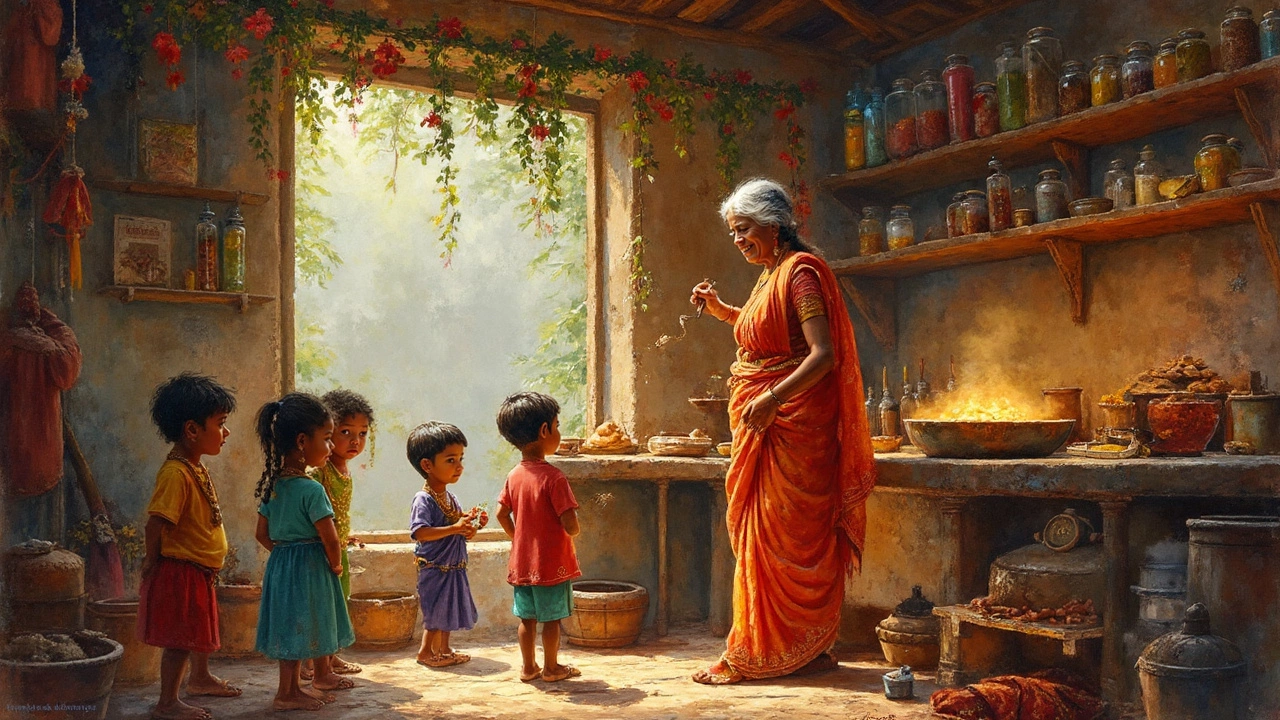Oldest Indian Sweet – History, Ingredients, and Regional Variations
When you hear the phrase Oldest Indian Sweet, a centuries‑old confection that started in ancient temples and royal kitchens. Also known as prithvi mithai, it lays the foundation for today’s wide‑range of Indian sweets. The sweet belongs to the broader family of Mithai, the umbrella term for Indian confectionery, and it oldest Indian sweet still shows up on festive platters across the subcontinent.
This ancient treat is built around a few simple yet powerful ingredients. The core sweetener is Jaggery, unrefined cane sugar that adds deep caramel notes and a hint of earthiness. Milk solids, ghee, and a pinch of cardamom create a rich, creamy texture that melts in your mouth. The dish typically requires a slow‑cooking reduction, letting the sugars caramelize without burning – a technique that also appears in many modern Indian desserts.
Key Ingredients and Traditional Techniques
Beyond jaggery, regional twists bring new life to the oldest sweet. In Bengal, a version called Payesh swaps jaggish for cane sugar and adds rice for a pudding‑like feel. Down south, Mysore Pak, a dense, buttery halwa that still uses the same reduction method as the original, showing how one technique can spawn many variations. In the north, Laddu shaped versions incorporate roasted gram flour, keeping the caramel base while adding a nutty crunch.
All these variants share three core attributes: (1) they require a controlled heat source to avoid crystallization, (2) they use ghee to carry flavor and improve shelf‑life, and (3) they celebrate spices like cardamom, saffron, or nutmeg for fragrance. The taste profile—sweet, buttery, slightly earthy—makes the oldest sweet a perfect companion to spicier dishes such as biryani or paneer‑based curries, which you’ll find explored in other articles on this site.
Historically, this confection played a role in religious offerings and royal banquets. Temples would melt jaggery into a thick paste and present it to deities as “prasad,” while kings served it after victorious hunts. Because the sweet could be stored for weeks without refrigeration—thanks to the low moisture content and high sugar concentration—it traveled well along ancient trade routes, spreading its influence from the Indus Valley to the Dravidian south.
Understanding the oldest Indian sweet gives you a lens into the larger world of Indian food. The same ingredients appear in savory dishes—think paneer, dal, or biryani—showing how Indian cooks recycle flavors across the menu. Our collection below dives into classic dishes, cooking hacks, and nutrition facts that build on these shared foundations. Whether you’re curious about why lemon brightens biryani or how to keep chutney fresh, you’ll see the same principles at work.
Ready to explore more? Below you’ll find a curated set of articles that unpack classic Indian dishes, ingredient secrets, and practical tips. From the chemistry behind fluffy roti to the science of dairy curdling, each piece connects back to the timeless techniques that made the oldest Indian sweet a kitchen staple for millennia.

Discover India's Oldest Dessert: The Mythical Payasam
Payasam, often considered the oldest Indian dessert, holds a significant place in Indian history and culture. Known for its simple yet rich ingredients—rice, milk, and sugar or jaggery—Payasam is a staple in Indian households during festivals and celebrations. This sweet treat, often associated with traditional ceremonies and rituals, showcases India's rich culinary heritage. Discover intriguing facts about Payasam, from its regional variations to tips on how to perfect this iconic dish in your kitchen.